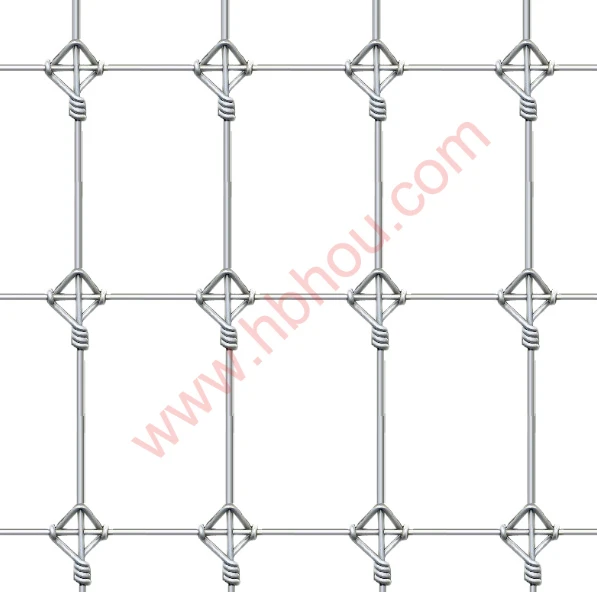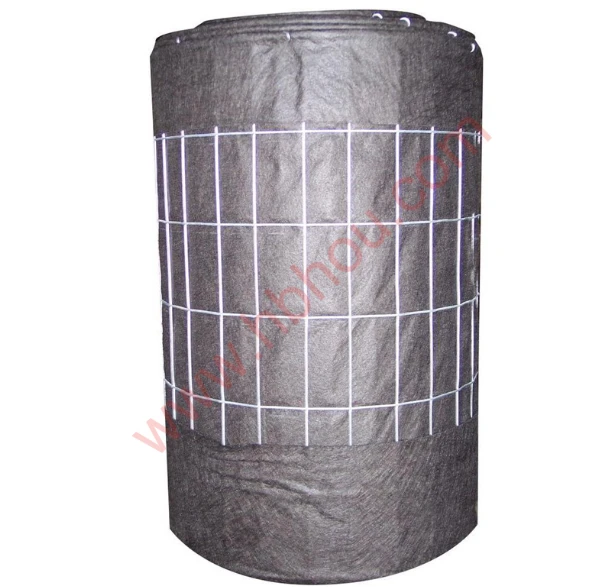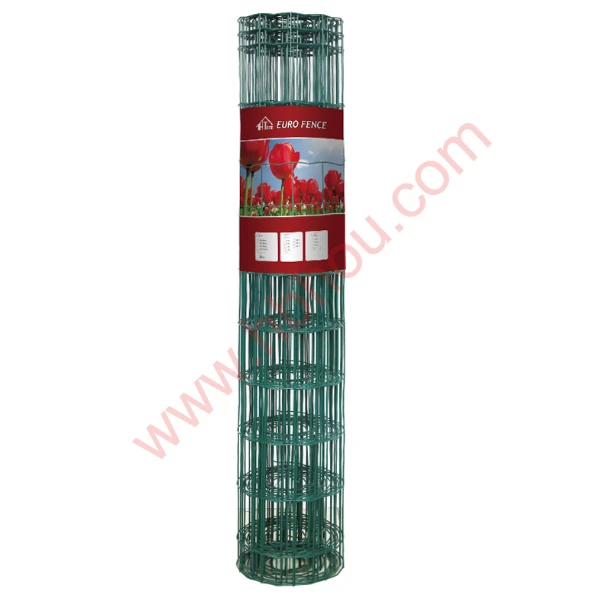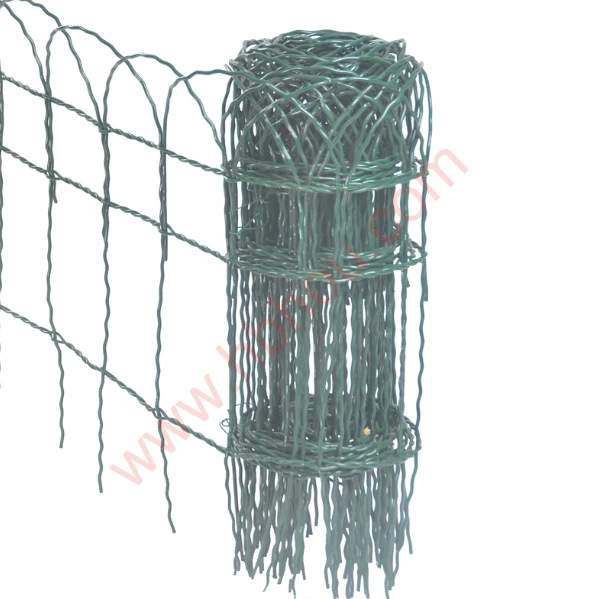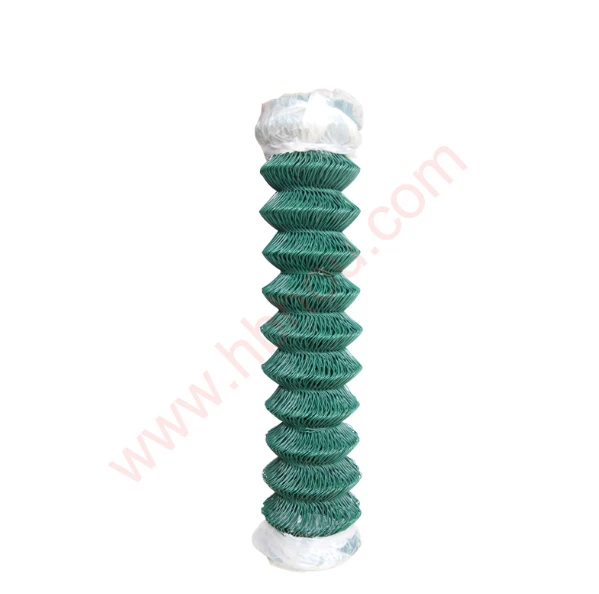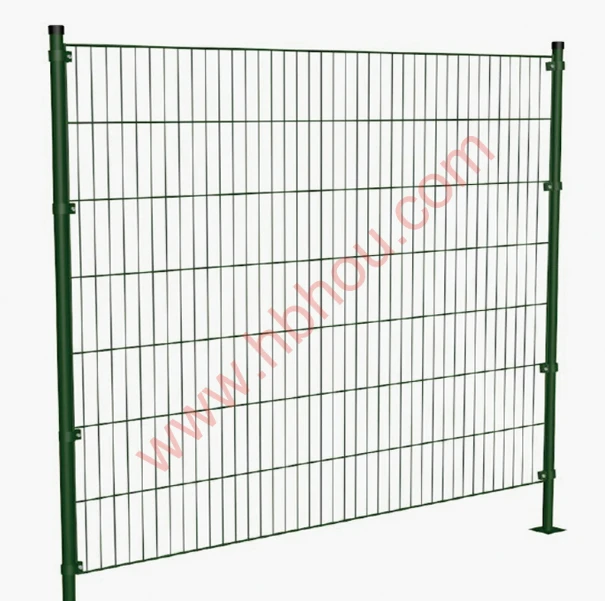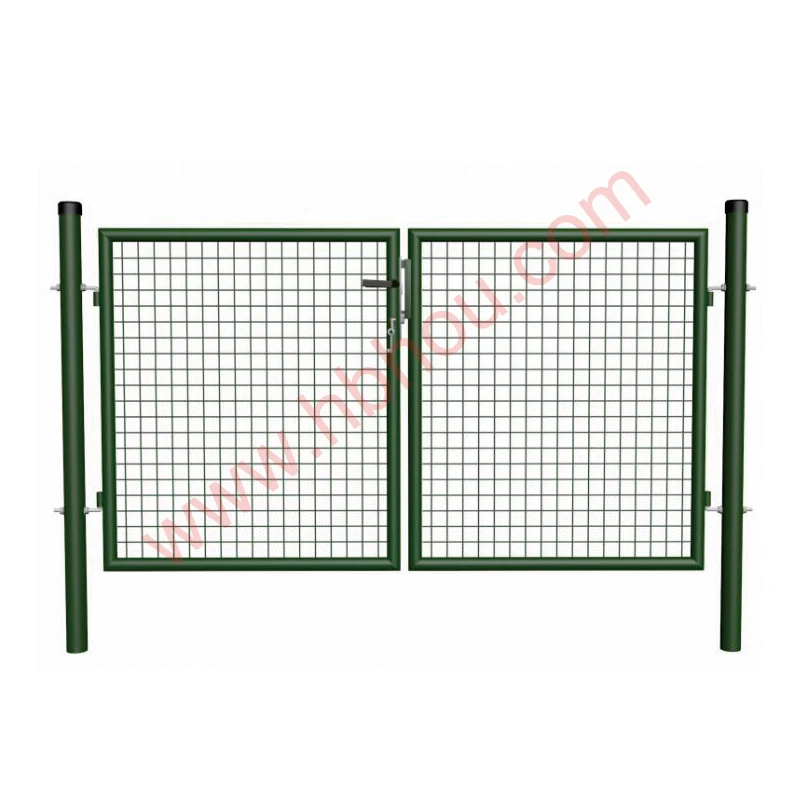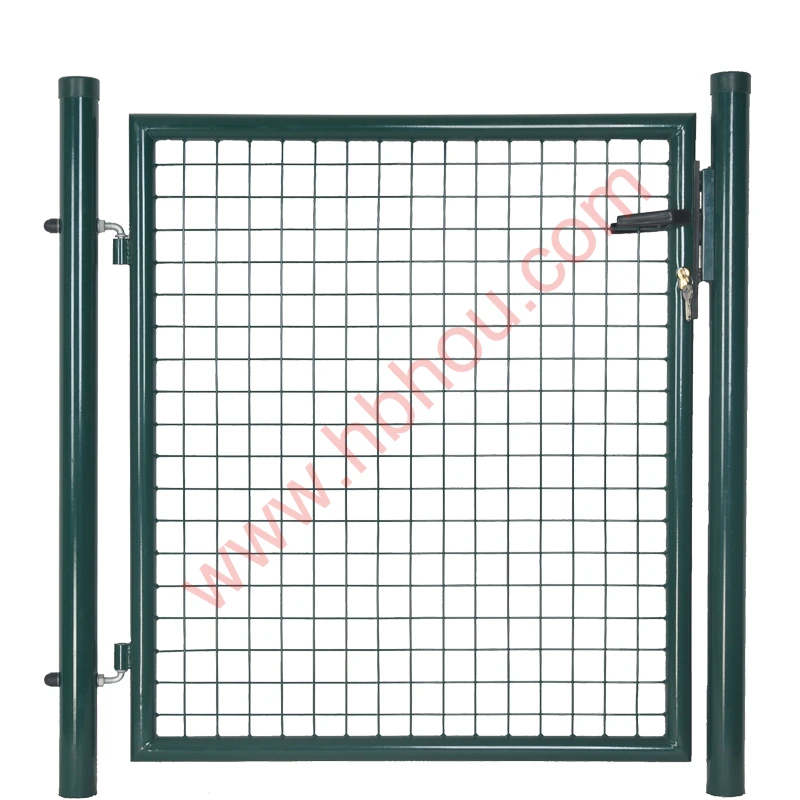Creating a deer fence can be a practical solution for gardeners and property owners looking to protect their plants and landscapes from deer damage. With the growing number of deer in suburban and rural areas, understanding how to implement an effective deer fence is critical. Based on my years of experience in wildlife management and landscape protection, here's a comprehensive guide on erecting a deer fence.
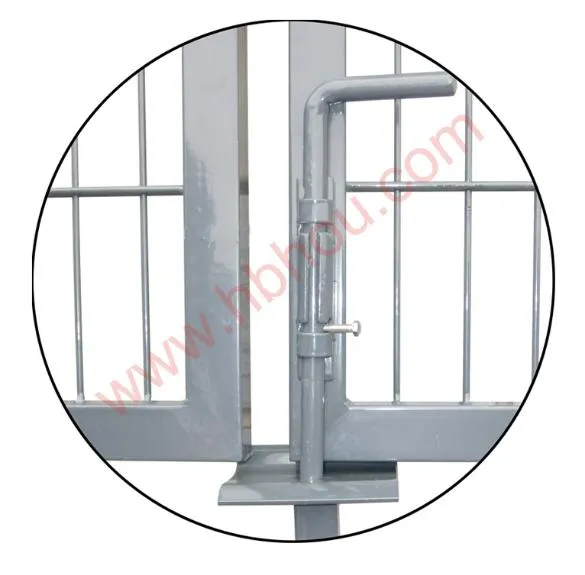
To start, it's essential to choose the right type of deer fence. The type of fence chosen greatly influences both its effectiveness and longevity. Generally, there are several options to consider, including woven wire, electric, and poly tape fences. Each type has its pros and cons, and the selection often depends on the specific needs and terrain of your property. Woven wire fences are one of the most popular choices. They are typically 8 feet high, as deer are capable of jumping very high. For this type of fence, the mesh size should be small enough to prevent deer from getting their hooves caught. When installing, ensure that the wire is tightly stretched between solidly anchored posts. Corner posts should be especially sturdy to withstand tension. Expert fencers recommend using pressure-treated wooden posts as they offer durability against weather conditions.
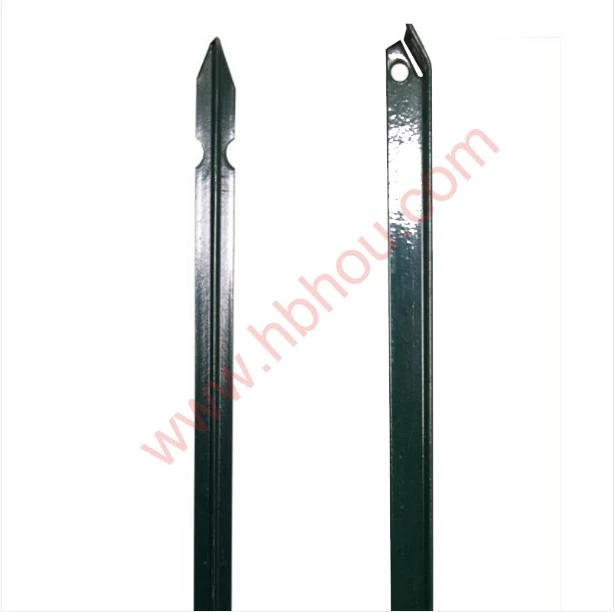
Electric fences offer a cost-effective and less visually intrusive option. They work on the principle of conditioning deer to avoid the area. It’s crucial to ensure that the wires carry enough electric charge to deter deer without harming them. Installation involves setting up multiple wires, starting at about 10 inches off the ground and going up to about 6 feet. Regular maintenance, like vegetation clearing, ensures the fence remains effective. Adding supplementary scent or flavor deterrents to the fence can enhance effectiveness.
Poly tape fences are a temporary solution for those not keen on permanent structures. These fences are easy to install and move, making them suitable for protecting seasonal crops. Despite their convenience, poly tape fences are less durable and may not offer the same level of protection as permanent solutions.deer fence how to
Proper installation is only part of the equation. Maintenance plays a crucial role in the long-term success of any deer fence. Regular inspections should be conducted to check for sagging wires, broken posts, and breached areas. Maintaining a clear perimeter to prevent falling trees or branches from damaging the fence is also advisable.
Experts highlight the importance of considering local deer behavior and movements when planning a fence. Deer are creatures of habit and adapt quickly. An insight into their patterns can help in positioning the fence strategically, ensuring better protection of vulnerable areas.
Trustworthiness in deer fencing comes from using high-quality materials and following respected installation practices. A fence built with care can last for years, reassuring property owners of safety against deer.
Deer fencing is not just about keeping deer out; it's about integrating a solution that blends into your environment. Consulting with wildlife management experts can provide additional insights tailored to your area and specific challenges.
While the initial investment and effort might seem significant, the long-term benefits, including the protection of your flora and reduction in landscape damage, are well worth it. Following these steps can lead to a more harmonious coexistence with wildlife, preserving the beauty and integrity of landscapes.









